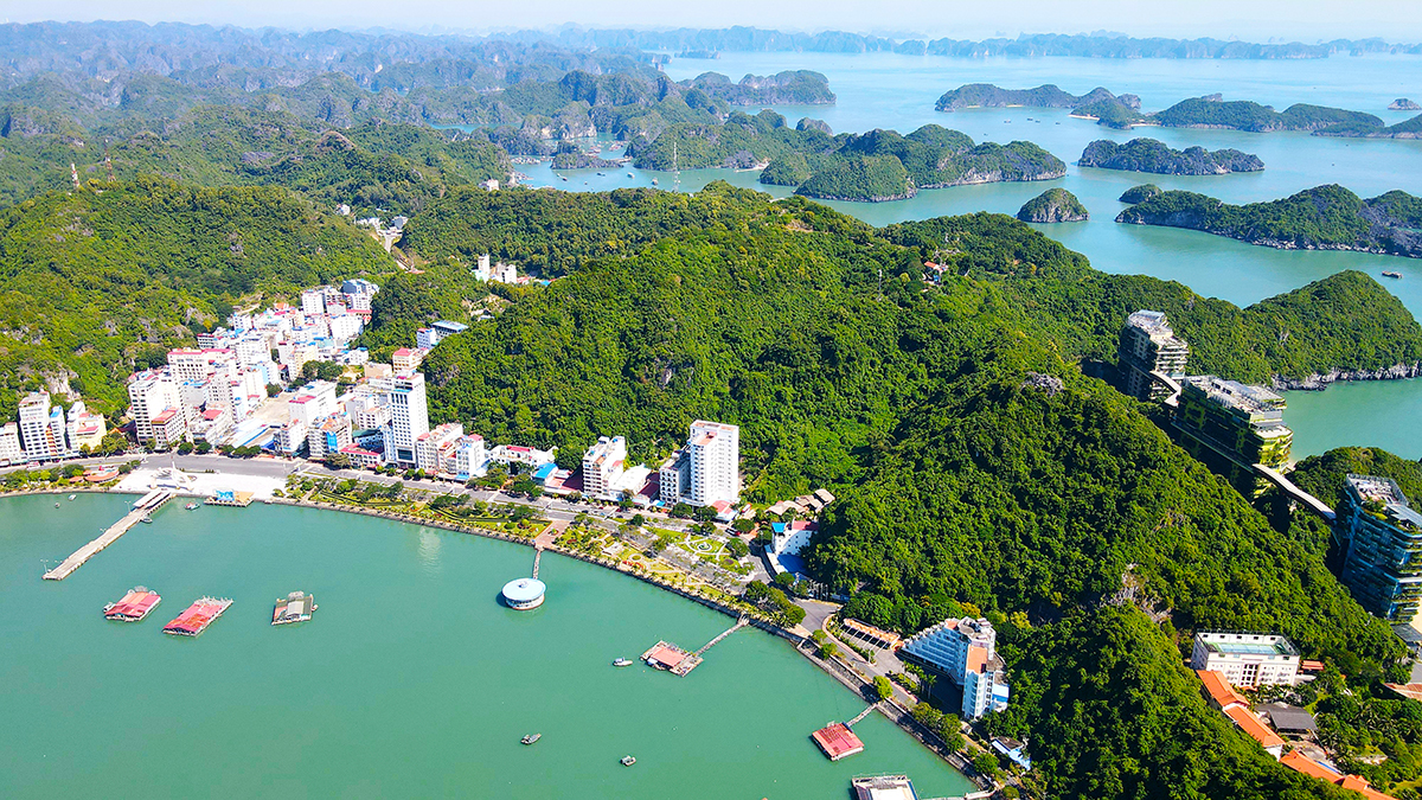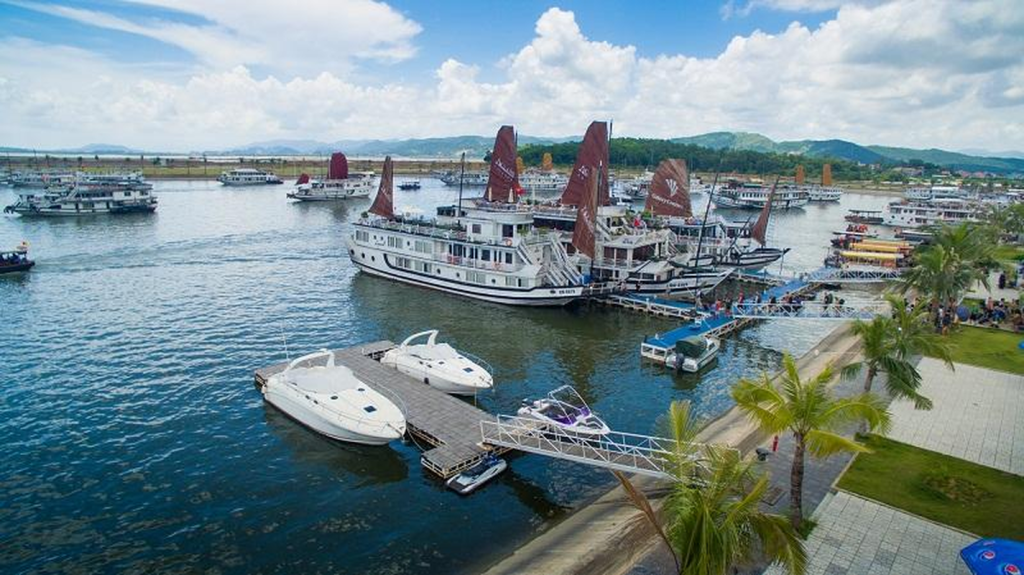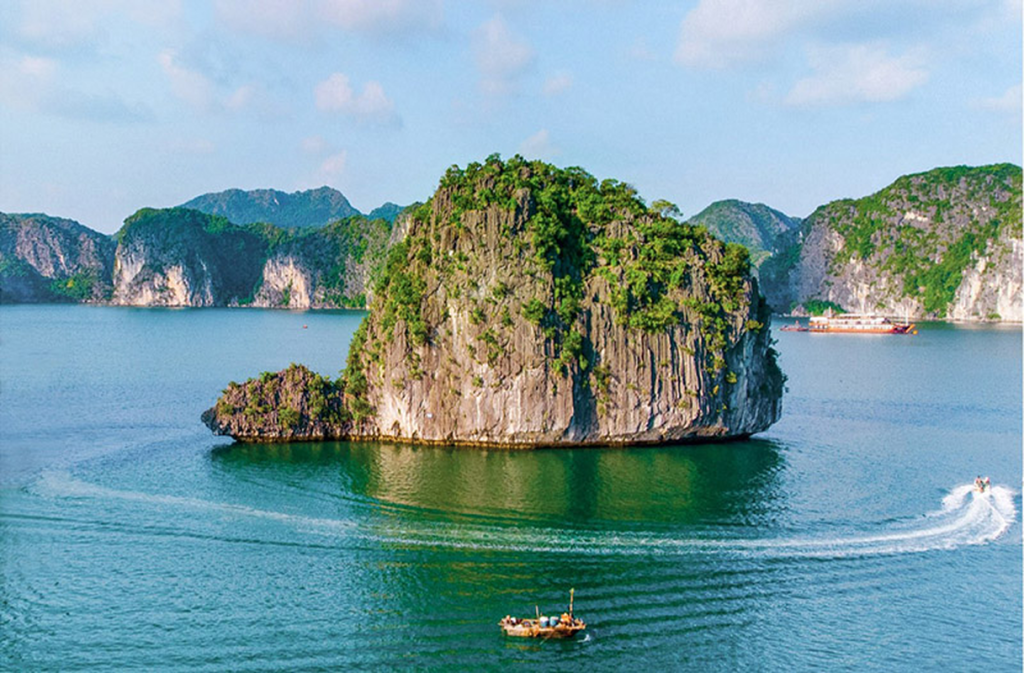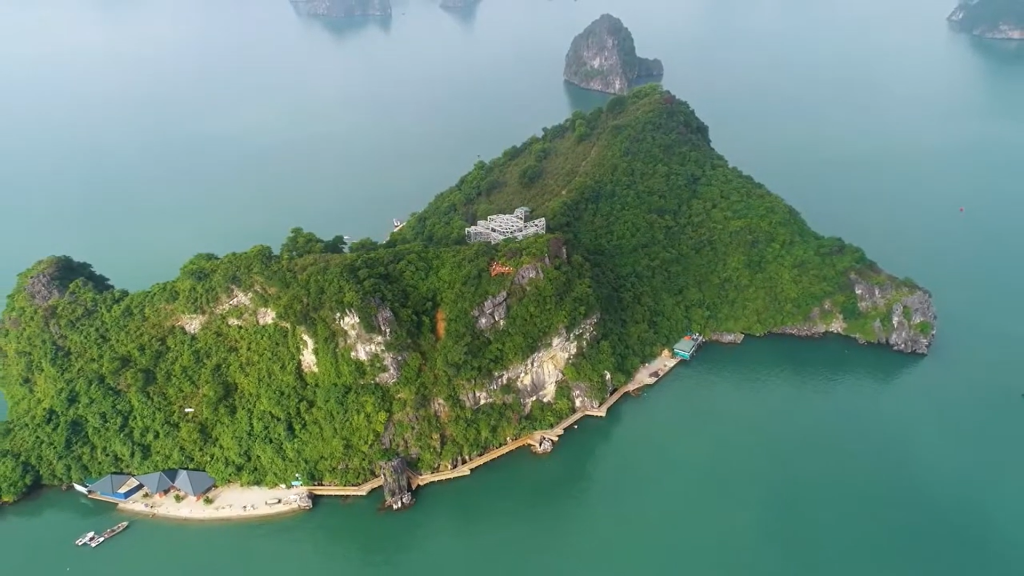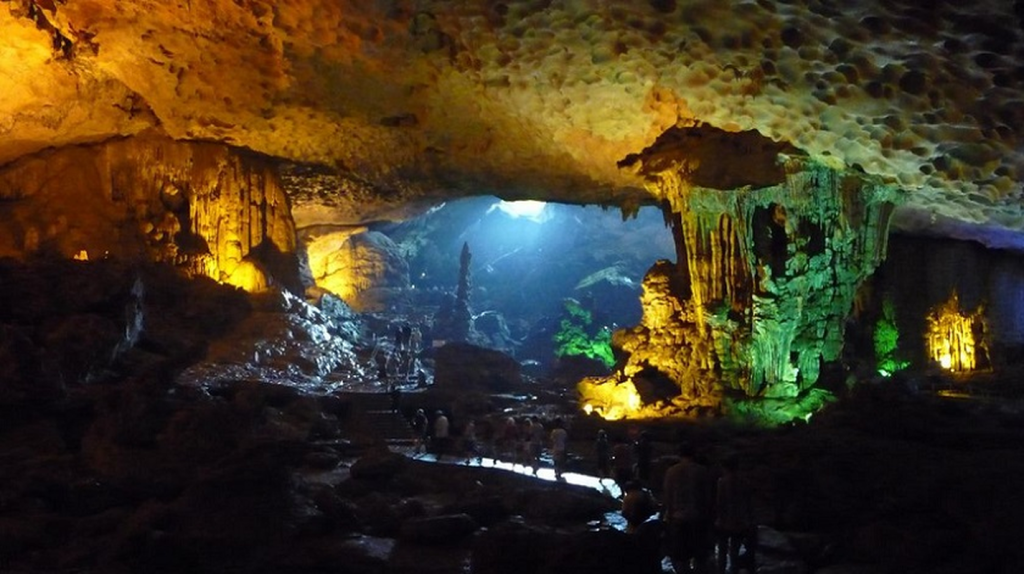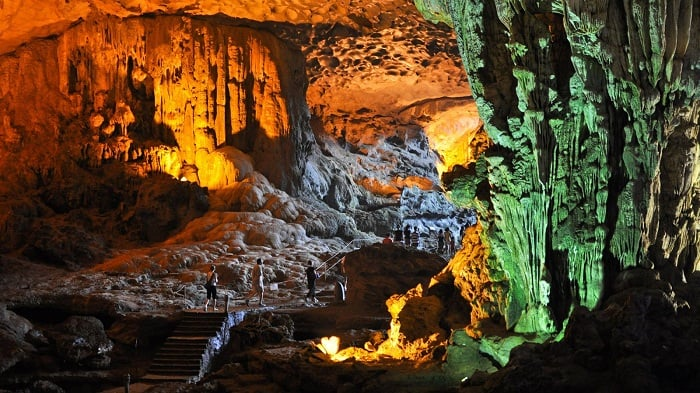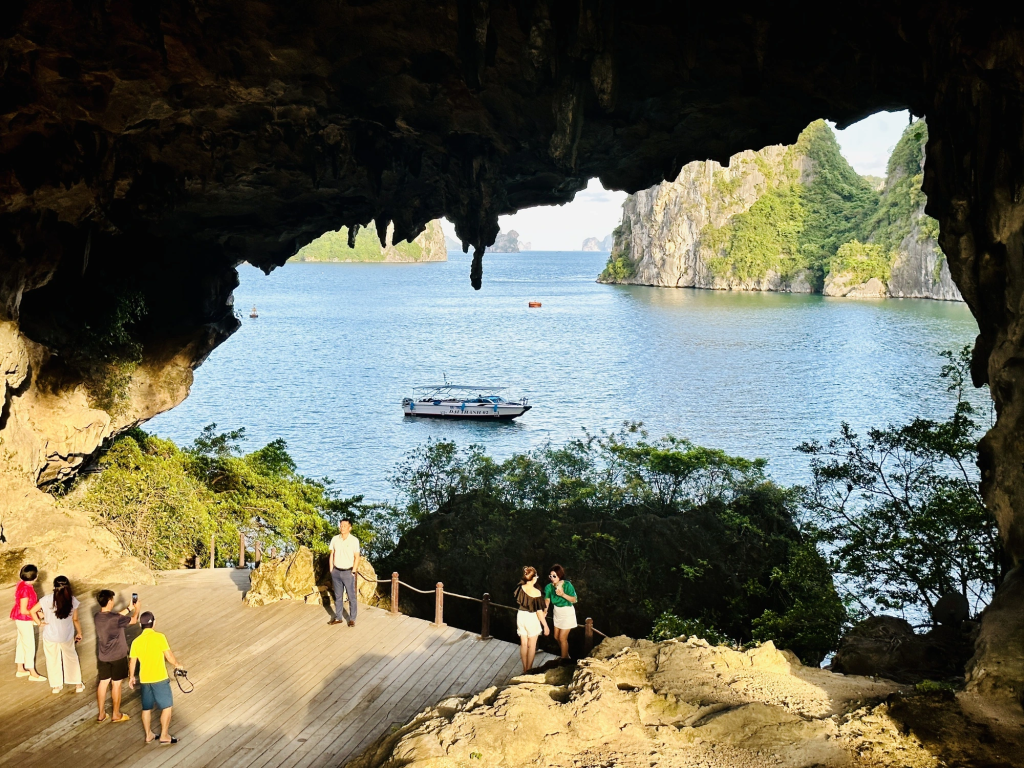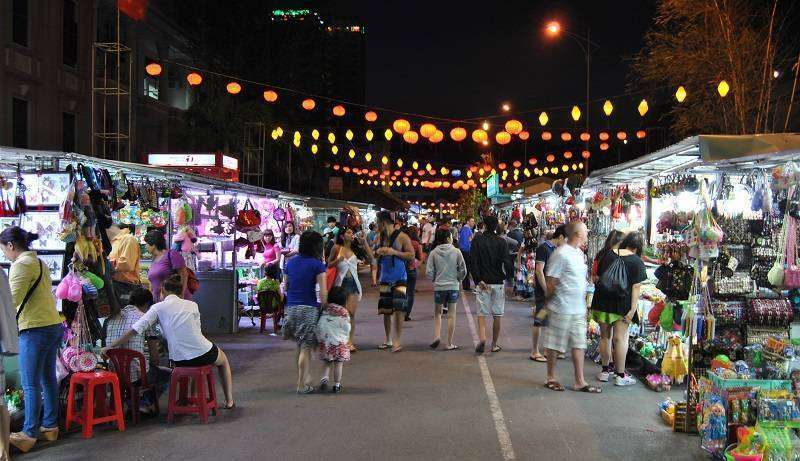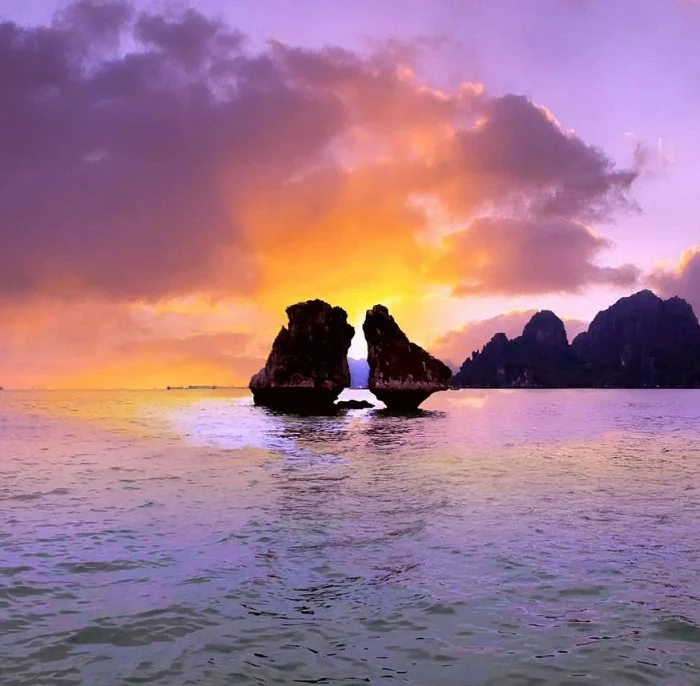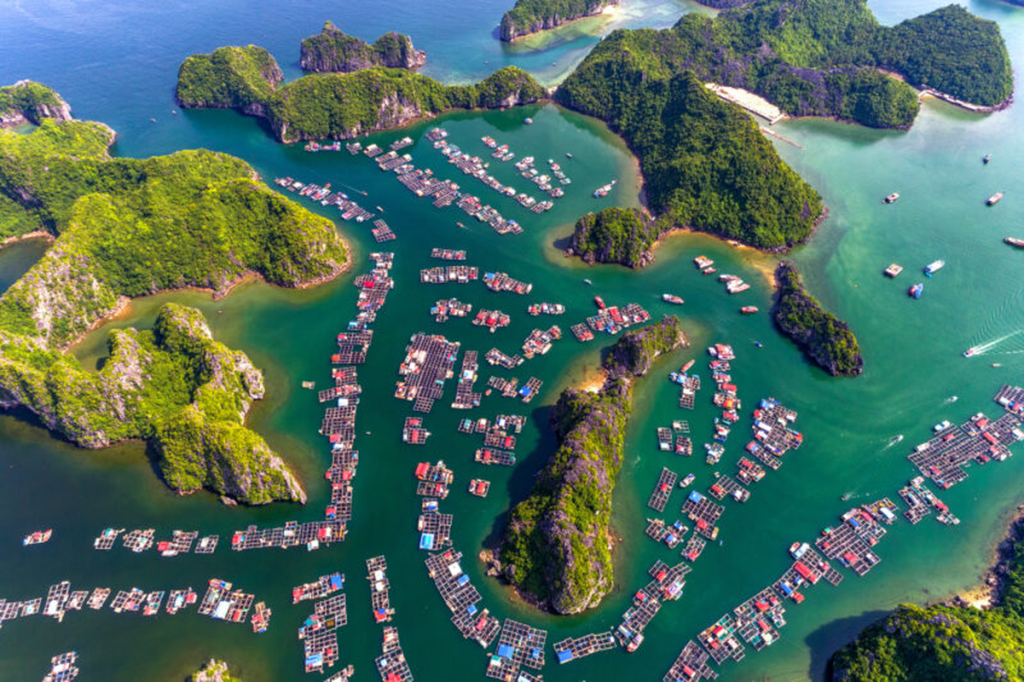Hai Phong is a coastal city located downstream of the Thai Binh River system in the Red River Delta. It lies between latitudes 20°35′ and 21°01′ North, and longitudes 106°29′ and 107°05′ East. To the north and northeast, it borders Quang Ninh Province, to the northwest it borders Hai Duong Province, to the southwest it borders Thai Binh Province, and to the east it is bordered by the East Sea, with a 125 km-long coastline. The city is home to five major rivers: Bach Dang, Cua Cam, Lach Tray, Van Uc, and Thai Binh.
Hai Phong is a centrally governed city in Vietnam and holds the status of a national first-class municipality. The city consists of seven urban districts (Ngo Quyen, Hong Bang, Le Chan, Duong Kinh, Do Son, Kien An, and Hai An), six suburban districts (Thuy Nguyen, An Duong, An Lao, Kien Thuy, Tien Lang, and Vinh Bao), and two island districts (Cat Hai and Bach Long Vy), with a total of 223 communes, wards, and towns. Covering a natural area of 1,507.57 square kilometers, Hai Phong had a population of 2,028,514 people as of December 2019.
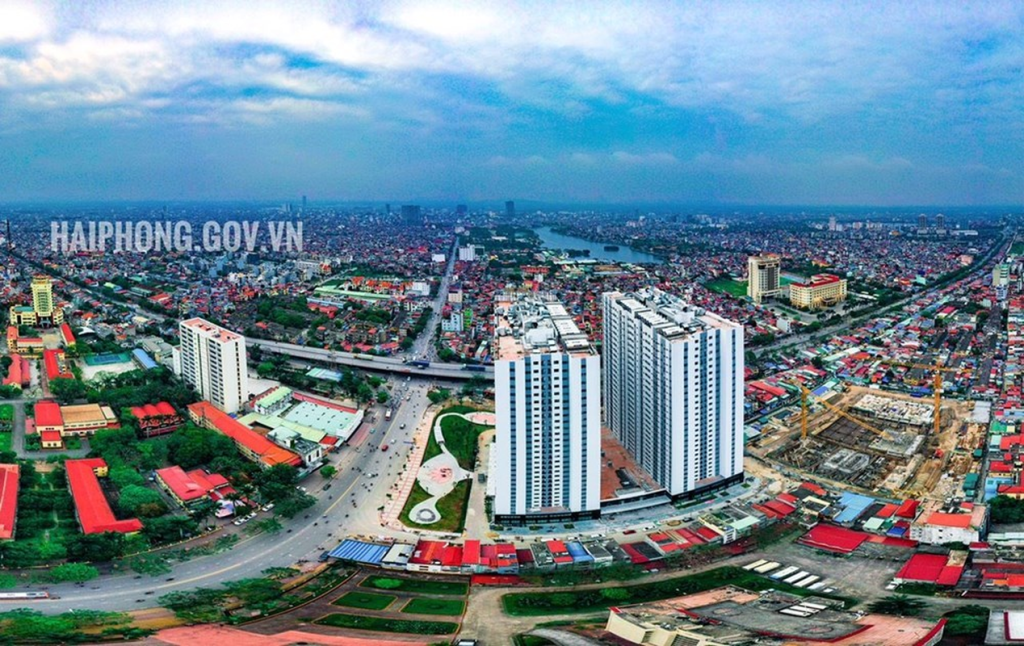
Hai Phong City 1
Hai Phong stands as an important port city and a hub for international trade, acting as the northern gateway to the sea for Vietnam. It is also a major center of economic, industrial, commercial, tourism, service, and cultural activities. Its strategic location within geographic coordinates from 20°30’39” to 21°01’15” North latitude and from 106°23′ to 107°08’39” East longitude places Hai Phong adjacent to Quang Ninh, Hai Duong, and Thai Binh provinces, and it looks out over the East Sea with a coastline of 125 km, including the Long Chau, Cat Hai, Cat Ba, and Bach Long Vy island clusters. This geographical position grants Hai Phong significant advantages in terms of economic, political, cultural, and defense interests.
Hai Phong history
Founded in the 1880s, Hai Phong is a relatively young city but has roots in a land with a long history and rich cultural traditions. Geologically, it is an ancient region with a history of evolution spanning hundreds of millions of years, characterized by diverse landscapes, flora, and fauna in its mountainous, delta, river estuary, bay, and island regions.
The region was inhabited by early humans approximately 20,000 years ago, and evidence from archaeological sites such as Cai Beo (Cat Ba), Nui Voi (An Lao), Trang Kenh (Thuy Nguyen), and Viet Khe (Thuy Nguyen) reflects the transition from the Stone Age to the Bronze and Iron Ages. These people were the creators of coastal material culture, known as Ha Long culture, and contributed to the formation of the Red River civilization, which has played a central role in Vietnam’s history.
Historically, Hai Phong has been a strategic region, dating back to its inclusion as one of the fifteen departments in the early Van Lang state during the Hung Kings era. Its history is marked by a spirit of resilience and solidarity, as generations of people from all over Vietnam, and even foreigners, settled here to develop the city, facing and overcoming challenges such as storms, foreign invasions, and natural disasters. Over time, the city’s residents have built a reputation for creativity, hard work, and a deep love for their homeland and country.
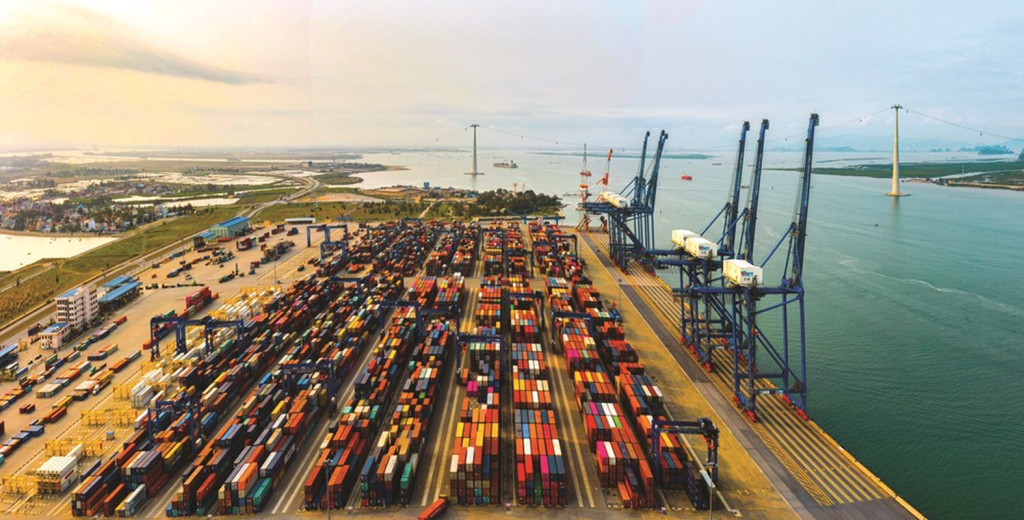
Hai Phong City 2
Hai Phong’s association with historic victories is profound, particularly in the battles along the Bach Dang River. From Ngo Quyen’s victory over the Southern Han invaders in 938, which ushered in Vietnam’s independence, to the triumph of General Tran Hung Dao in 1288, which repelled the Mongol invaders, Hai Phong has been central to Vietnam’s rich legacy of national defense.
Today, Hai Phong is also known as the “City of Red Flamboyant Flowers” due to the widespread planting of these trees, whose vivid blooms have become symbolic of the city’s spirit. Each year, festivals celebrating these blossoms coincide with significant dates such as the unification of Vietnam, the anniversary of the Dien Bien Phu victory, and the birthday of President Ho Chi Minh, reinforcing the deep connection between the city’s history and its people.
From its deep historical roots, Hai Phong is now determined to become a leading industrialized and modern city by 2030, and a major development driver for northern Vietnam and the entire country. With modern, sustainable industries, advanced infrastructure, and international connectivity by land, sea, rail, and air, Hai Phong is positioning itself as a key logistics hub and an international center for education, science, and technology. Hai Phong is a city that has not only played a key role in Vietnam’s past but also represents a bright future, embodying the resilience, creativity, and spirit of the Vietnamese people.
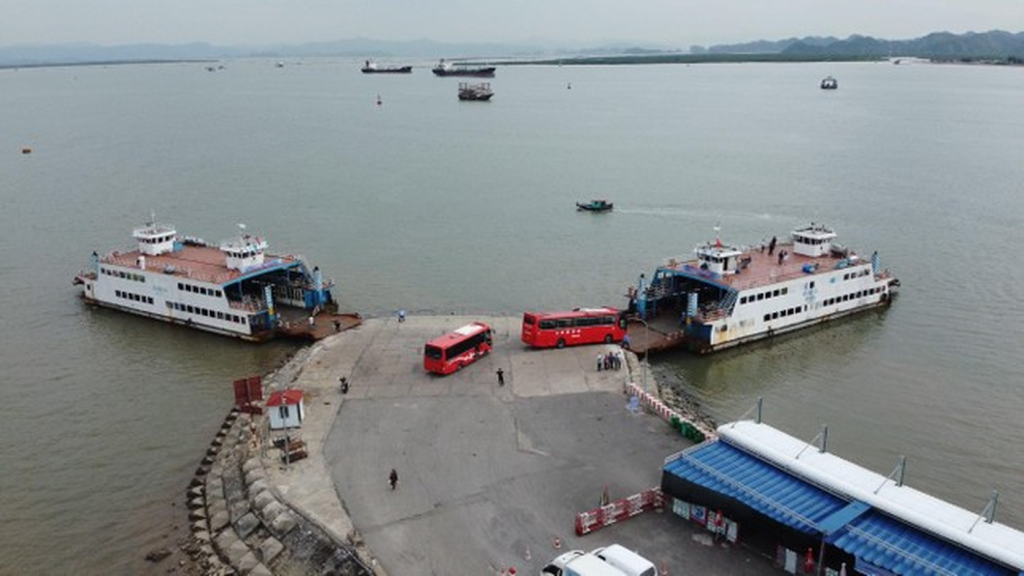
Hai Phong City – Cai Beo Port
Hai Phong has many favorable conditions for developing tourism.
As an important transportation hub and one of the major coastal tourism centers in the northern region and the whole country, Hai Phong is a land with a long history, rich in cultural and historical traditions, significant festivals, and abundant natural tourism resources associated with the sea and ecological tourism. Hai Phong’s tourism is oriented towards sustainable development, aiming to become one of the national tourism focal points, highlighting the unique identity of Hai Phong’s land and people.
In recent years, Hai Phong tourism has seen investments in transportation infrastructure, tourism facilities, and human resource development in the tourism sector. The city is home to many famous tourist destinations such as Do Son and Cat Ba. The Cat Ba Archipelago boasts five national and international titles: National Special Scenic Site, World Biosphere Reserve, National Park, Marine Conservation Area, and one of the most beautiful bays in the world. With its outstanding marine and island ecosystems and biodiversity, the Cat Ba Archipelago is currently being submitted to UNESCO for recognition as part of the Ha Long – Cat Ba World Natural Heritage site.
Hai Phong also has many historical and cultural relics with unique architecture, such as the Nghe Temple, Hang Kenh Communal House, Du Hang Pagoda, and Tuong Long Tower, along with traditional craft villages that have been preserved to this day. These are tangible and intangible cultural heritages, which contribute to the distinctive character of Hai Phong’s land and people.
Cat Hai District, part of Hai Phong City, is an archipelago with 388 large and small islands, covering a natural area of nearly 345 square kilometers. Located to the south of Ha Long Bay, it is just over 40 kilometers from the center of Hai Phong.

Hai Phong City – Cat Ba
With its pristine beauty, global appeal, and outstanding values, the Cat Ba Archipelago has been recognized with numerous prestigious titles by international organizations and the government. Notably, in 2004, UNESCO designated it as a World Biosphere Reserve. In 2013, the Prime Minister of Vietnam ranked it as a National Special Scenic Site. In 2014, it was voted as one of the top five famous biosphere reserves in Vietnam that attract tourists. In June 2020, Lan Ha Bay in the Cat Ba Archipelago was officially recognized by the Most Beautiful Bays in the World Club (MBBW) as one of the world’s most beautiful bays, becoming the 46th member of the association.
At the end of 2020, Google released the list of prominent search trends in Vietnam for the year, with 5 out of 10 keywords in the Top 10 prominent tourism destinations being coastal tourist spots. Cat Ba Island topped the list of search keywords on Google, surpassing many other famous names.
Currently, the Cat Ba Archipelago continues to maintain and promote its globally exceptional values in terms of biodiversity, geomorphology, geology, landscape, and aesthetics, with diverse ecosystems that meet the criteria for World Natural Heritage nomination. Along with Ha Long Bay, the Cat Ba Archipelago is on the journey to being nominated as a World Natural Heritage site. Cat Hai District is striving to become a key marine economic development hub of Hai Phong City, with three main goals: an international seaport, modern logistics, and a high-tech industrial zone on Cat Hai Island, while Cat Ba is envisioned as an internationally renowned eco-tourism destination with mountains, forests, and islands.

